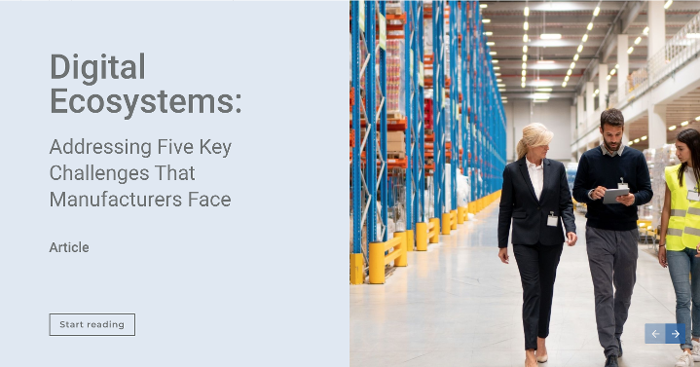Partners can come in many shapes and sizes. Your company’s partners might consist of independent dealers and resellers, some that sell your brand exclusively and some for which your brand is one among many. That’s a typical partner strategy, but when starting up Uber faced a different challenge.
For the first couple years of its existence, Uber worked with professional taxi drivers and chauffeurs, using its mobile app to link drivers with convenience-seeking riders. With the launch and gradual nationwide expansion of its UberX ridesharing service, Uber has found itself dealing with a whole different network of partners: non-professionals looking to use their regular vehicles to make a little extra money.
For riders, the attraction of UberX is the lower price than Uber-standard or traditional taxi services. But UberX wouldn’t last very long if its drivers gained a reputation for unreliability and reckless driving. With its partner network wide open to anyone who wants to apply, how does Uber avoid overwhelming itself while doing the necessary background checking to ensure its drivers are up to its standards?
The answer is in the cloud, the partner cloud. Uber uses its online partner portal system to automate much of the work of weeding out unqualified drivers. Let’s take a look at the typical onboarding experience:
- Interested drivers are taken to a webpage where they can learn about the benefits of driving for UberX.
- The most frequently asked questions of prospective drivers are answered up front. This is where the weeding process begins. Presumably, drivers who don’t see themselves as a good fit after reading the FAQ self-select themselves out of the process.
- When they’re ready, prospective drivers click on “sign up now.” They’re taken to a login screen where they must enter personal information for a background check.
- At subsequent screens, new drivers are asked to enter vehicle information, insurance status, and experience level.
- Behind the scenes, Uber’s portal system segments drivers according to this information, qualifies them, and passes them on to representatives who reach out to drivers by phone to finish up the process.
As the Uber example makes clear, partner portals aren’t just for maintaining good partner relationships and distributing leads anymore (although, they’re great for those things, too). Businesses can actually use their partner cloud for onboarding partners, as well. Many of the most tedious onboarding tasks—making sure partners are qualified to represent your brand, training them on your products and sales process, providing them the marketing assets and collateral they’ll need to really make a splash in their market—can be automated through the partner cloud, allowing you and your team to focus on strategy, using the information gathered about your partners during the onboarding process to connect the right partners to the right leads.

